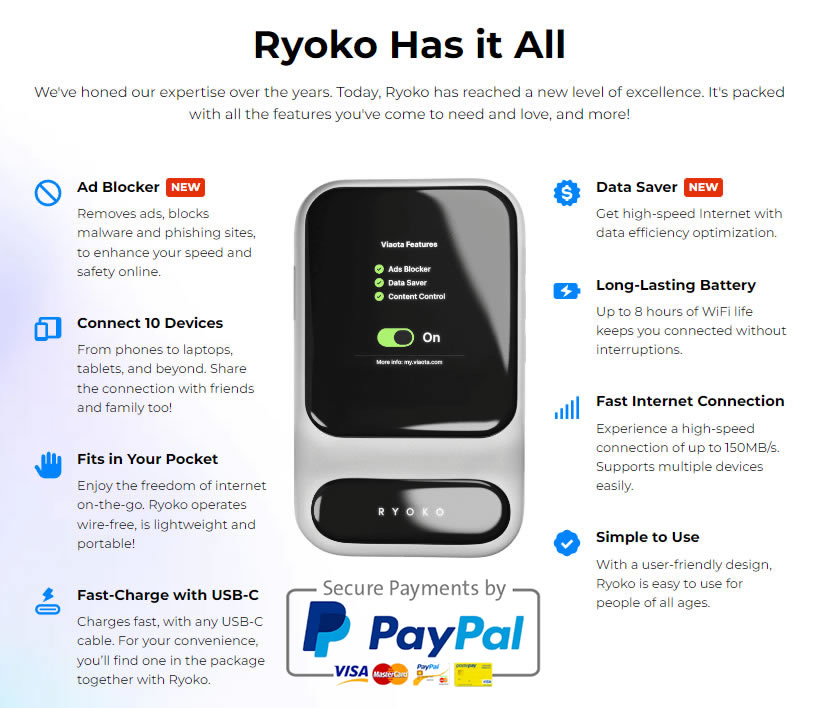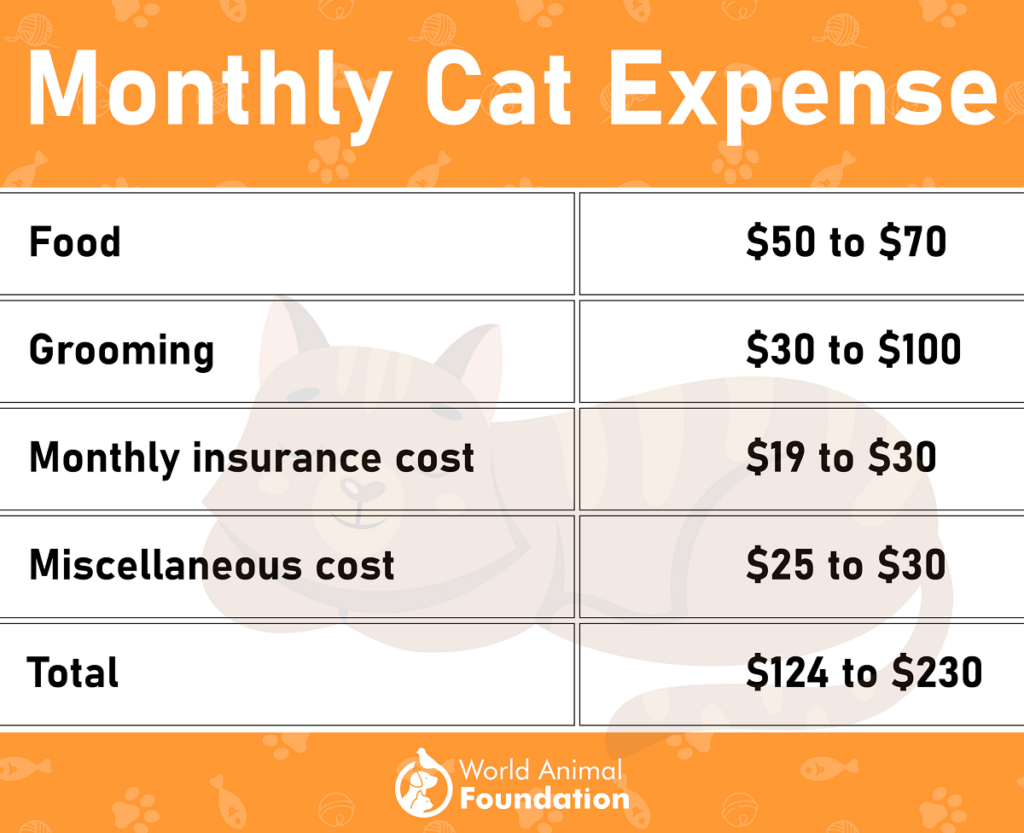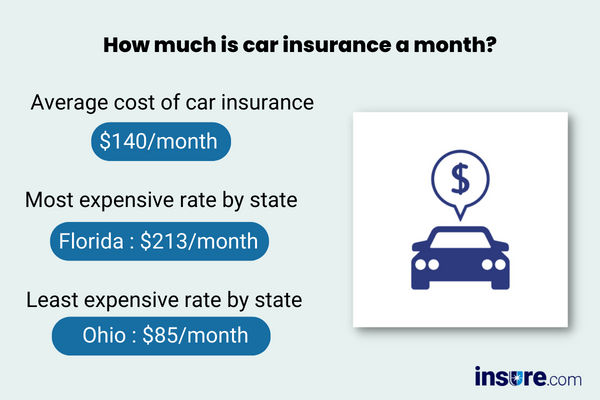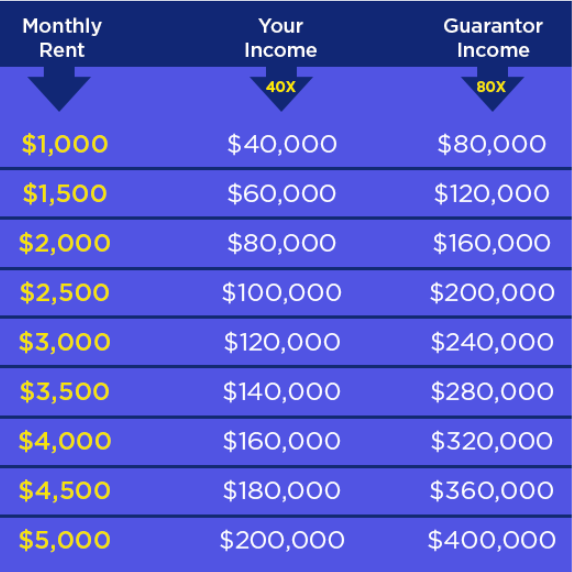How Much Is Ryoko Per Month
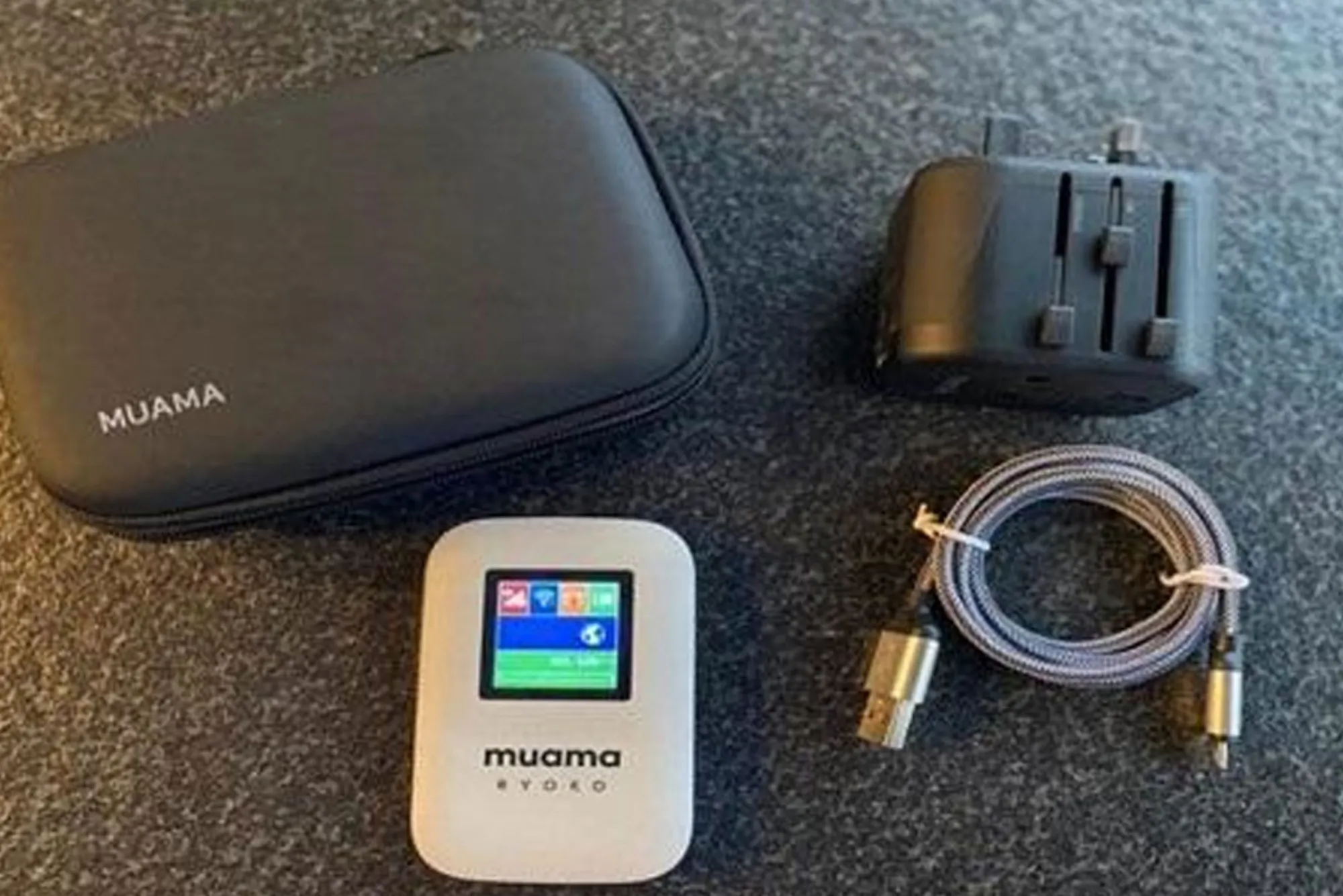
The rising cost of living is impacting communities worldwide, but few expenses feel as opaque and anxiety-inducing as childcare. For families considering Ryoko, a prominent childcare provider, the monthly cost can be a major source of stress and uncertainty.
Understanding these expenses requires navigating a complex web of factors, from location and age of the child to specific program offerings and potential subsidies. This article delves into the monthly cost of Ryoko childcare, examining the variables influencing prices, analyzing available data, and providing a comprehensive overview to help parents make informed decisions.
Understanding the Base Cost of Ryoko Childcare
The base cost of Ryoko childcare varies significantly depending on several key elements. Location is arguably the most influential factor, with urban centers typically exhibiting higher prices compared to suburban or rural areas.
This reflects the increased overhead costs associated with operating in denser, more expensive real estate markets. The age of the child is another critical determinant.
Infant care is generally the most expensive, as it requires a lower caregiver-to-child ratio due to the intensive needs of babies. As children grow and become more independent, the cost tends to decrease.
Regional Price Variations: A Closer Look
Data sourced from Ryoko's public information sessions and local parent forums reveals notable regional disparities. In major metropolitan areas like New York City and San Francisco, monthly fees for infant care at Ryoko centers can easily exceed $3,000. These figures often do not include additional charges for meals, activities, or extended hours.
Conversely, in smaller cities and towns, the monthly cost for the same level of care may range from $1,800 to $2,500. These differences highlight the impact of local economic conditions on childcare pricing.
It's crucial for parents to research specific locations and inquire directly with Ryoko centers to obtain accurate and personalized cost estimates.
Discounts, Subsidies, and Financial Aid Programs
Recognizing the financial burden of childcare, Ryoko offers several avenues for reducing costs. Many centers provide sibling discounts, offering a percentage reduction in fees for families enrolling multiple children.
Furthermore, Ryoko participates in various government-sponsored subsidy programs. These programs, often administered at the state or local level, provide financial assistance to eligible families based on income and other criteria.
Parents are encouraged to explore these options and determine their eligibility. Ryoko's website and local center staff can provide guidance on navigating these complex application processes.
Comparing Ryoko to Other Childcare Options
To provide context, it's essential to compare Ryoko's pricing with other childcare options. These options range from in-home nannies to smaller, independent daycare centers.
Nannies, while offering personalized care, can often be the most expensive option, especially when considering benefits and payroll taxes. Smaller daycare centers may offer lower rates but could have fewer resources and less structured programs.
Ryoko aims to strike a balance between quality and affordability, providing comprehensive services and a structured curriculum at a competitive price point. Parents should weigh the pros and cons of each option based on their individual needs and budgets.
Transparency and Hidden Fees
One common concern among parents is the potential for hidden fees. While Ryoko strives for transparency, additional costs can sometimes arise.
These may include late pick-up fees, charges for special events or field trips, and mandatory supply fees. It's imperative to clarify all potential costs upfront to avoid unexpected financial strain.
Parents should request a detailed breakdown of all fees and ask specific questions about potential surcharges during the enrollment process. This proactive approach will ensure a clear understanding of the overall financial commitment.
The Long-Term Investment in Early Childhood Education
While the monthly cost of Ryoko childcare may seem substantial, it's crucial to view it as an investment in a child's future. Early childhood education has been shown to have a profound impact on cognitive, social, and emotional development.
Studies indicate that children who attend high-quality childcare programs are more likely to succeed academically, develop strong social skills, and become productive members of society.
The benefits of these programs extend far beyond the immediate years, providing a foundation for lifelong learning and success. This long-term perspective can help parents justify the investment in quality childcare.
Future Trends and Affordability Initiatives
The childcare industry is constantly evolving, with increasing pressure to address affordability challenges. Ryoko is exploring various initiatives to make its services more accessible to a wider range of families.
These may include expanding scholarship programs, partnering with local businesses to offer employee discounts, and advocating for government policies that support childcare affordability.
As the demand for quality childcare continues to grow, it's essential for providers like Ryoko to innovate and adapt to meet the needs of working families. The future of childcare depends on finding sustainable solutions that balance quality and affordability.
Ultimately, determining the true cost of Ryoko per month involves careful consideration of individual circumstances, regional variations, and available financial assistance. By thoroughly researching all available options and understanding the long-term benefits of quality childcare, parents can make informed decisions that support their children's development and their own financial well-being.
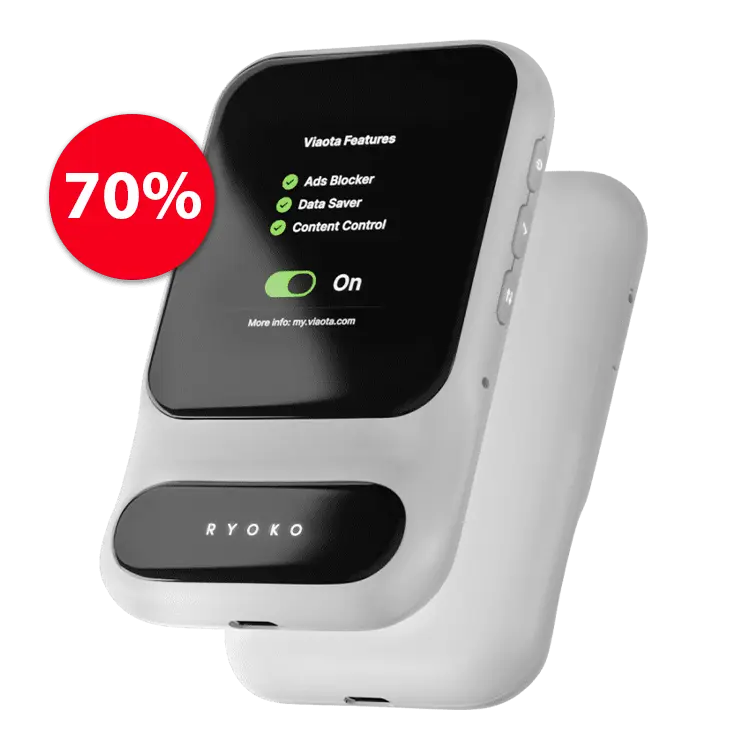
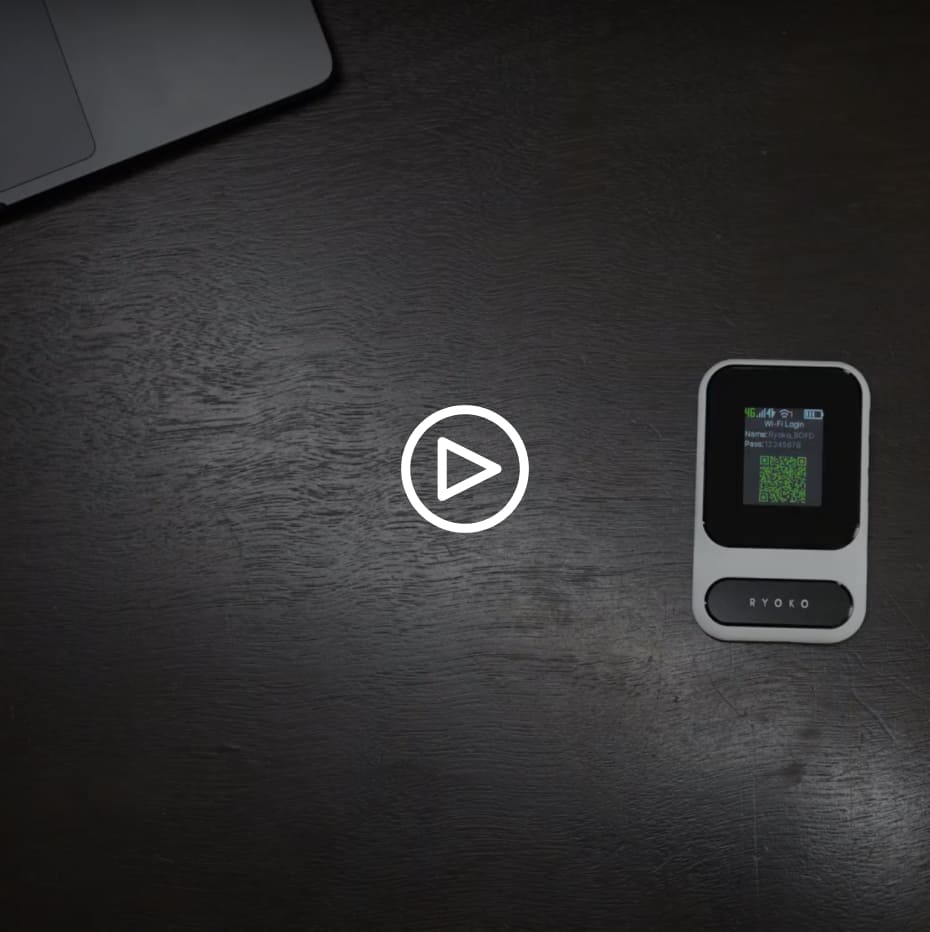


](https://d2q7r0rjkm1t8k.cloudfront.net/uplister/images/fc0ef7217de1f1425664965c28a84a33.png)


